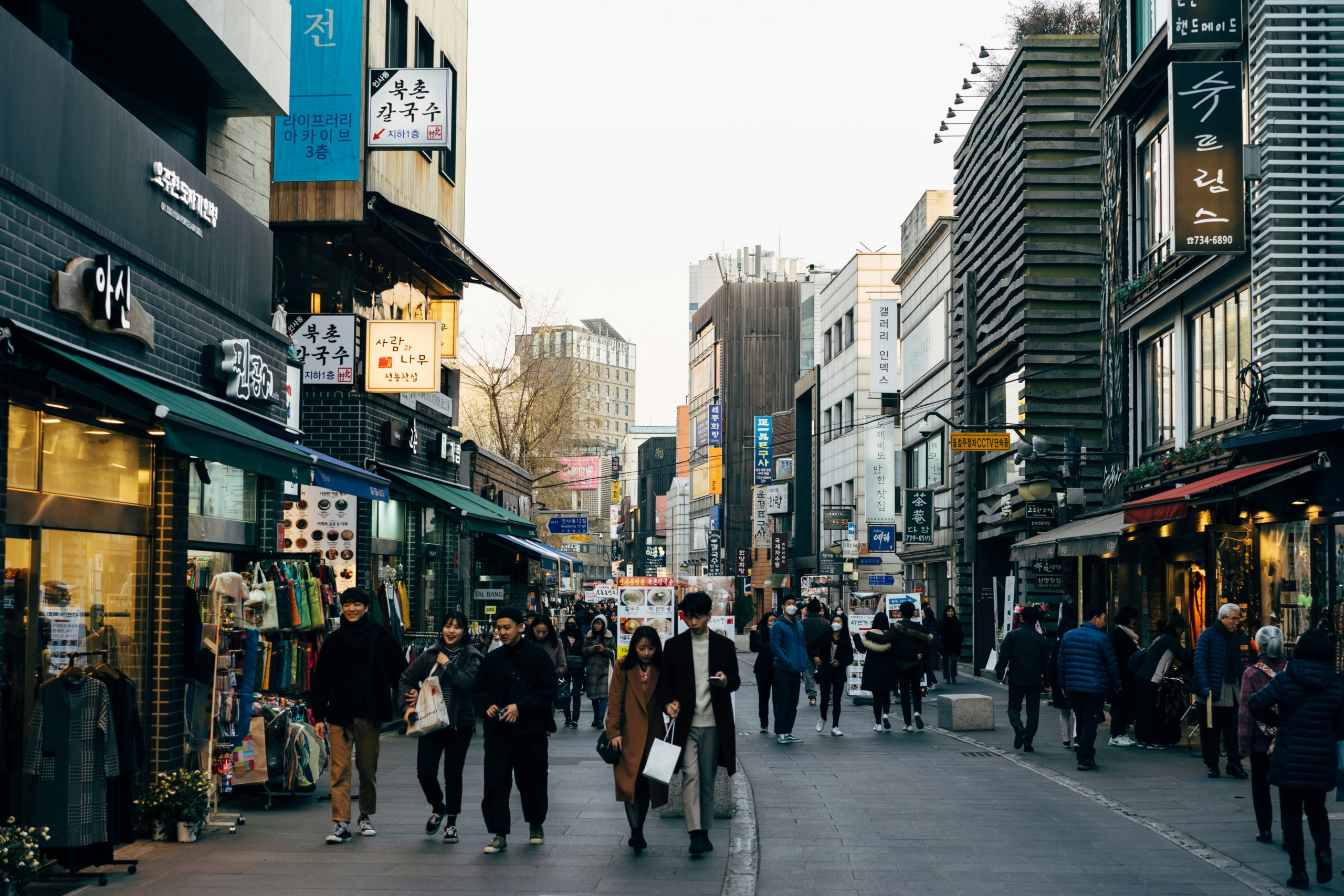The Approach of South Korea to Poverty Reduction
 The Korean wave is taking the 21st century by storm with the world of K-pop, K-dramas and K-beauty. Within the context of this cultural phenomenon, this is how South Korea emerged as an influential global force and what it has done to tackle poverty reduction.
The Korean wave is taking the 21st century by storm with the world of K-pop, K-dramas and K-beauty. Within the context of this cultural phenomenon, this is how South Korea emerged as an influential global force and what it has done to tackle poverty reduction.
South Korea’s Journey to Economic Success
After the Korean War in the 1950s, the Korean economy was at a low, with the average income being less than $100. But organizations like the International Development Association (IDA), the United Nations Development Program (UNDP), the World Bank and the Asian Development Bank (ADB) provided aid and assistance to South Korea. Moreover, President Park Chung-hee enforced socio-economic growth policies that eventually led to South Korea’s jump to success in the 1980s and ‘90s.
Despite a brief recession in the late 1980s, South Korea quickly recovered and has grown its gross domestic product (GDP) by an average of 4.9% each year from 1988 to 2022. In fact, South Korea experienced the fastest GDP growth of any country from 1980 to 1990, and it is now a leader in the education and health care industries as the 12th largest economy in the world.
Internal Anti-Poverty Reforms
With its rapid economic growth came a rapid poverty reduction in South Korea. Following the 1997–1998 financial crisis, the Korean government established programs aimed at mitigating the damage of mass layoffs to ensure protection for individuals who were unemployed as a result. South Korea focused on expanding exports and competing in the international economy, which led to education reforms, as they needed a more educated labor force in order to increase exports.
These education reforms allowed more social mobility, as even the lower classes were able to take advantage of their literacy to move upwards in the class hierarchy. The rising GDP allowed rural workers, whose agricultural products experienced rapid price increases, to make much more money than they were prior to South Korea’s fiscal growth, according to a 2004 case study.
Poverty reduction in South Korea follows a model known as “Productive Welfare,” which seeks to improve basic living standards for all Korean citizens while encouraging social development and distributing wealth equally, according to the same case study. The government established a minimum wage and extended health care insurance coverage, even guaranteeing pension benefits for anyone earning an income.
Foreign Aid and Assistance
South Korea has reversed its role in the international aid arena, changing from a recipient to a benefactor. Outside of South Korea’s borders, the government has made efforts to support developing countries around the world by partnering with organizations like the World Bank Group and the International Development Association (IDA). Korea’s journey to prosperity represents a model for other developing countries to learn from and the World Bank and Korean government are working towards using Korea’s experience to help other countries achieve the same success, according to the World Bank.
The Korean government created the Korean International Cooperation Agency (KOICA) in 1991, which is responsible for managing aid grants for developing nations, according to Brookings. Modeled after the Japan International Cooperation Agency (JICA), the KOICA focuses on promoting education, rural development, gender equality, health care and sustainability. Similar to Korea’s partnership with the World Bank, it implements its own development strategies, specifically in South Asia and Africa, Brookings reports. It also seeks to provide medical assistance in developing regions, having helped countries such as Indonesia and Haiti after devastating natural disasters.
Recent Poverty Reduction Efforts
In the past few years, South Korea has made major improvements in its poverty reduction policies. For example, the government increased the minimum wage by 16% in 2018 and 11% in 2019. This increase in income and the previously mentioned pension guarantee created more than 2 million more jobs and created a sense of overall stability among the working class of South Korea.
Moreover, in response to the COVID-19 pandemic and following job losses, the South Korean government focused on creating more jobs and providing immediate aid to families in the form of Emergency Relief Allowances. The health care system also responded efficiently to the crisis, establishing quarantining, tracing, and testing measures to maintain relatively low rates of infection. The South Korean government has even raised social spending from 9.9% of its GDP in 2016 to 12.2% in 2019, according to Sustainable Government Indicators (SGI).
Another more recent initiative to support poverty reduction in South Korea was the Korea-UNDP MDG Trust Fund, created in 2009 by the UN Development Programme (UNDP) Administrator and the Republic of Korea, which focuses on furthering advancements toward South Korea’s Millennium Development Goals (MDGs). Also in 2009, they formed the UNDP Seoul Policy Centre for Global Development Partnerships, which looks at new perspectives for securing long-term human welfare in South Korea.
South Korea as a Blueprint for Poverty Alleviation
South Korea’s path from a war-torn nation to a major international power illustrates the strategies they used to reduce poverty, including education and health care reform, to build a more productive labor force for their trade exports to rely on. Despite issues of relative poverty and wealth distribution gaps, South Korea serves as an example for other countries to achieve socio-economic development and uses its resources to donate aid and assistance to those in need.
– Nina Zhu
Photo: Unsplash
